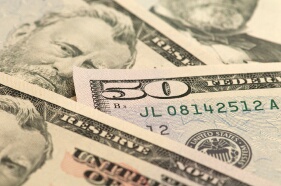
The US dollar ended the week among the weakest currencies, though not the weakest. The currency was dragged down by economic data, nonfarm payrolls in particular, which led to concerns about the outlook for Federal Reserve’s monetary policy.
Macroeconomic reports released in the United States this week were not impressive for the most part. While the greenback continued to receive some support from expectations of an interest rate hike in June, there are strong doubts that the Fed will be able to continue its monetary tightening as aggressively as it has planned initially. Excellent employment data from Automatic Data Processing gave the greenback a boost and resulted in hopes that nonfarm payrolls would be good too. Yet the actual official report was very disappointing, resulting in losses for the US currency.
The Great Britain pound was also among losers as politics were weighing on the currency. Opinion polls were making mixed predictions about the outcome of the general election on June 8, making speculators less willing to deal with the sterling.
But the weakest currency was the Canadian dollar, dragged down by falling oil prices, which at times made the currency even ignore domestic fundamentals. While the loonie bounced versus the greenback on Friday after the release of nonfarm payrolls, it still ended down on the week.
EUR/USD opened at 1.1172, dropped to the weekly low 1.1109, but bounced to close at 1.1279 — the highest weekly close since August. GBP/USD rose from 1.2800 to 1.2888. USD/CAD closed at 1.3481, above the opening level of 1.3447 but far below the week’s maximum of 1.3546.
If you have any questions, comments or opinions regarding the US Dollar,
feel free to post them using the commentary form below.